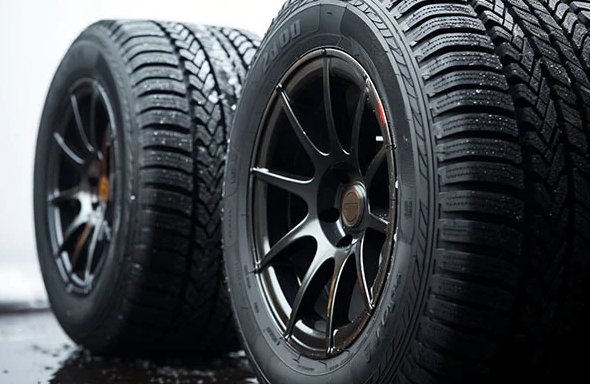Energy Consumption and Battery Life How New Energy Vehicles Reduce Energy Consumption
Due to the advantages of high energy density and fast energy replenishment speed of fossil fuels, coupled with appropriately sized fuel tanks, open-source and thrift-fueled fuel vehicles are less likely to cause range anxiety. In the new energy era, the energy density of batteries is much lower than that of fossil fuels and is limited by volume and weight. People generally have "range anxiety" and "energy replenishment anxiety" about new energy vehicles. Therefore, if consumers want to accept new energy vehicles, they must have an experience (range, energy replenishment) as close as possible to traditional fuel vehicles. Like fuel vehicles, energy conservation of new energy vehicles is also a systematic project. In addition to optimizing the power form and improving engine thermal efficiency, new energy vehicles also have more invisible energy-saving methods. In the final analysis, they must increase revenue and reduce expenditure.
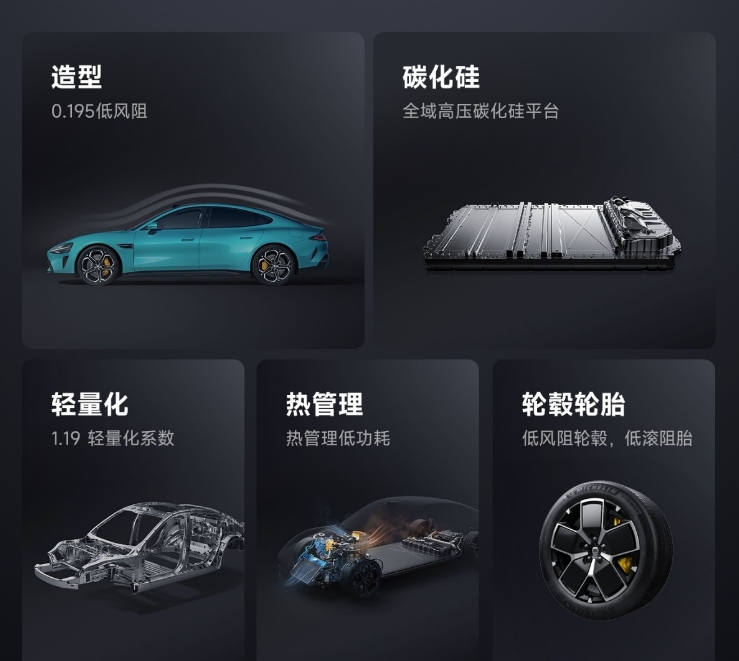
Path 1: Motor
Different motors have different working efficiencies. Currently, pure electric vehicles mainly use two types of motors, namely permanent magnet synchronous motors and induction motors. Permanent magnet synchronous motors are small in size, light in weight, have high power density, have low overall energy consumption, and generally have high overall efficiency. for induction motors. Energy consumption can be reduced by using permanent magnet synchronous motors.
Induction motors also have advantages. When the permanent magnet synchronous motor does not output power, the permanent magnets will produce back-drag force, forming resistance. If the induction motor is not powered on, there will be almost no back-drag force. The combination of the two can not only meet the power demand, but also reduce energy consumption.
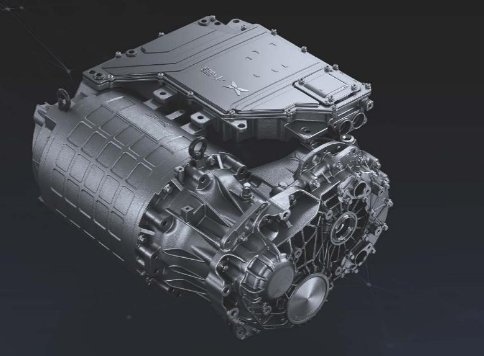
Way two: electronic control
Power chips used for motor control can also save a lot of energy consumption. At present, electric vehicles on the market mainly use Si IGBT and SiC MOSFET. The former is mostly used on the 400V voltage platform, and the latter is generally used on the 800V platform. The power module is responsible for converting DC power into AC power when driving the motor, and converting AC power into DC power during energy recovery, so its efficiency is crucial to electric vehicles.
Compared with Si IGBT, SiC MOSFET has better high temperature resistance, high voltage resistance, high frequency resistance and lower conduction loss. SiC MOSFET transistors shorten the S-D current stroke mainly by reducing thickness, thereby achieving low loss.
According to research by Mitsubishi Electric, the power loss of SiC MOSFET is 87% lower than that of SI IGBT. Combined with the data on the energy loss proportion of power semiconductors in the entire vehicle, if SI IGBTs are replaced with SiC MOSFETs, the cruising range of the entire vehicle can be increased by approximately 5% to 10%. In addition, DC-DC, OBC, air conditioning compressor and other equipment on new energy vehicles can also use SiC MOSFET to improve electrical performance.
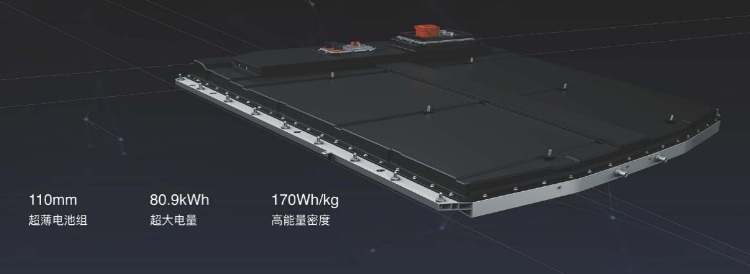
Path Three: Battery
The battery is the only source of power. Increasing the battery capacity can directly increase the cruising range, but the weight of the battery accounts for a large proportion of the entire vehicle.
When the battery capacity density remains unchanged, increasing the battery capacity results in large size and weight. Although the battery life is improved, the power consumption is also high.
Therefore, the battery pack needs to consider the balance between capacity and weight to ensure battery life. The most direct way is to reduce the size and weight of the battery while ensuring the capacity, that is, to increase the energy density of the battery pack.
In addition to improving the battery itself, specific methods can also optimize the battery structure through technical means. For example, CTP technology eliminates module design and directly integrates cells into battery packs. The battery packs are integrated into the body floor as part of the vehicle's structural components. In this way, greater energy density can be obtained and the effect of energy saving and consumption reduction can be achieved.
Path Four: Lose Weight
The greater the mass of the car, the more energy is required for acceleration and braking. Reducing the mass of the car can significantly reduce energy consumption. The battery integration technology mentioned above is part of the weight reduction solution.
In addition, the use of steel-aluminum or all-aluminum bodies can significantly reduce the weight of the vehicle. Some models using die-cast body technology can also increase the rigidity of the body and improve the overall performance.
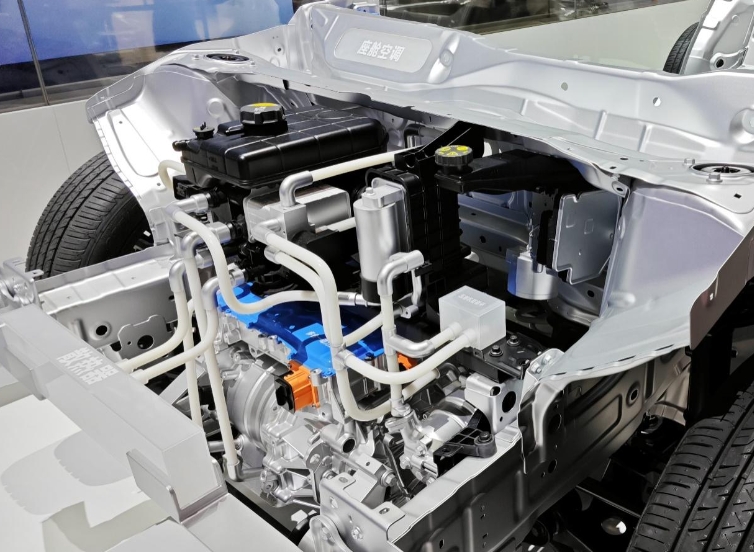
In terms of body coverings, replacing the four-door, two-door covers and fenders with aluminum alloy materials can also significantly reduce the weight of the vehicle.
In terms of suspension, forging or casting processes are used to produce the suspension's tie rods, steering knuckles, subframes and other components from aluminum alloy materials. Not only can it reduce the weight of the vehicle, but it can also improve some suspension performance.
Research and analysis by the Materials and Lightweight Research Institute of China FAW Group Co., Ltd. pointed out that for a pure electric four-wheel drive model on the market, the weight of the vehicle was reduced by 10%, the power consumption was reduced by 1.1kWh/100km, and the power performance was significantly improved.
Way
5: Reduce wind resistance
In the era of fuel vehicles, the original manufacturers of many models like to use five-spoke wheels with large openings, which not only highlights the performance of the vehicle, but also improves heat dissipation efficiency. But in the new energy era, many people have discovered that the rims of trams are keen to adopt a closed shape. Later they learned that this is a low wind resistance design.
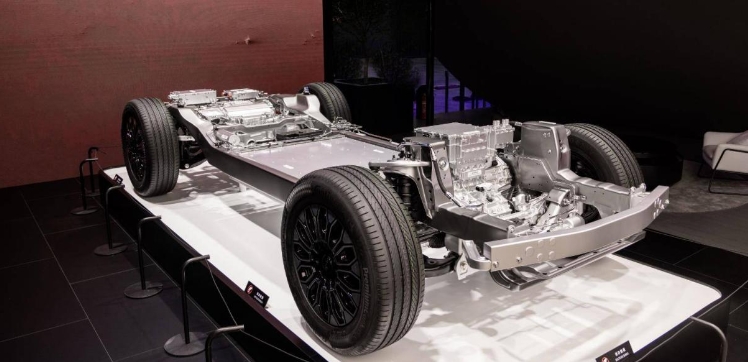
Path Six: Kinetic Energy Recovery
In the era of fuel vehicles, the energy generated by braking can only be wasted through heat. Almost all new energy vehicles are equipped with energy recovery, which converts the vehicle's kinetic energy into electrical energy for storage or utilization when decelerating. Under normal circumstances, its contribution to increasing the driving range of the vehicle is about 15%-20% at room temperature, which is equivalent to reducing power consumption.
Path Seven: Heat Pump System
Like a water pump, a heat pump is a "porter" of heat. It can absorb the heat of low-temperature "objects" and transfer it to the condenser for heat exchange to achieve heating. Traditional PTC heating essentially achieves heating through the Joule effect of current, with high power, low efficiency, and low energy efficiency ratio. General PTC heating power can reach 5kW-10kW. Using PTC heating will cause the cruising range of electric vehicles to drop significantly, seriously affecting the use of electric vehicles in winter.
Path 8: Tire rolling resistance
According to tire manufacturer Michelin, repeated deformation during tire rolling is the main cause of energy loss during vehicle driving, and 90%-95% of tire rolling resistance comes from this. Reducing tire rolling resistance means saving fuel.























